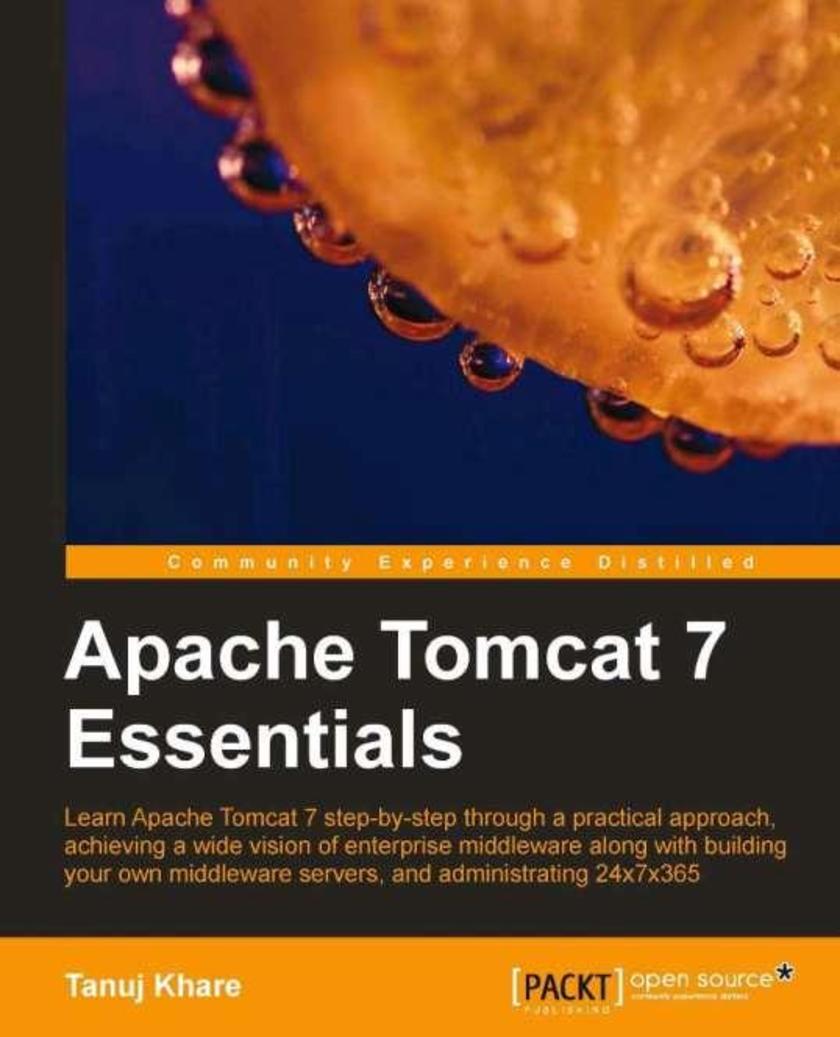
Apache Tomcat 7 Essentials
¥71.93
This book is a step-by-step tutorial for anyone wanting to learn Apache Tomcat 7 from scratch. There are plenty of illustrations and examples to escalate you from a novice to an expert with minimal strain. If you are a J2EE administrator, migration administrator, technical architect, or a project manager for a web hosting domain, and are interested in Apache Tomcat 7, then this book is for you. If you are someone responsible for installation, configuration, and management of Tomcat 7, then too, this book will be of help to you.
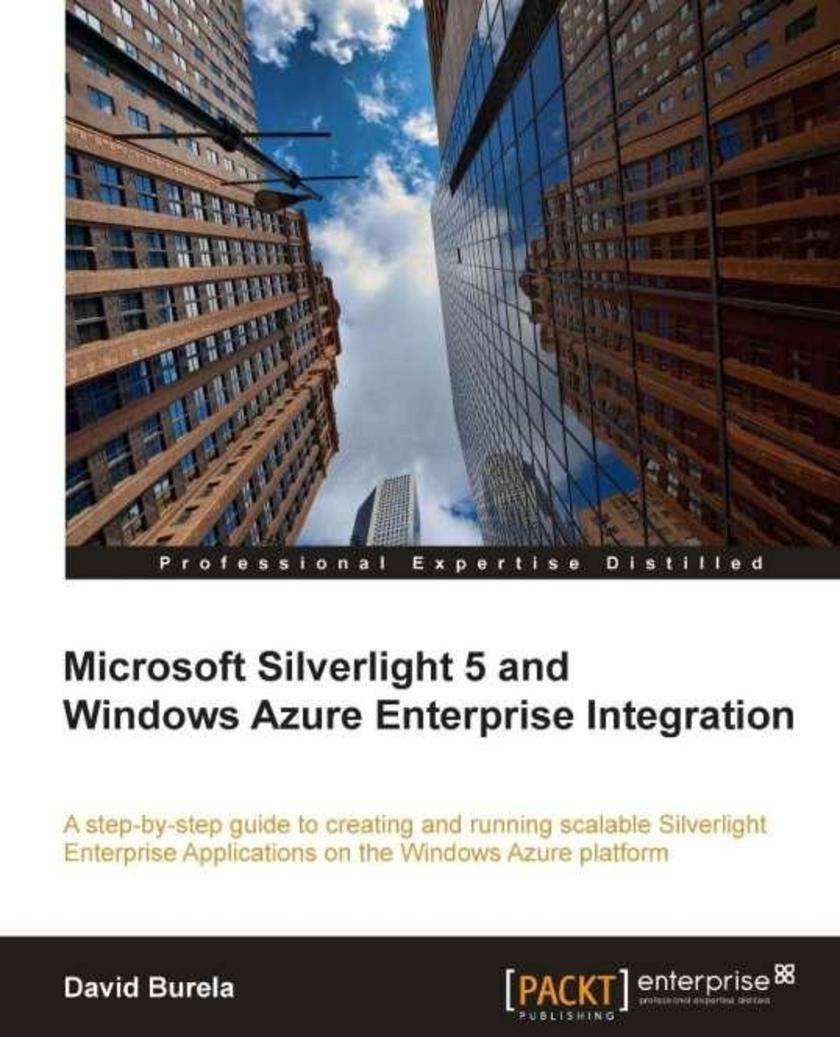
Microsoft Silverlight 5 and Windows Azure Enterprise Integration
¥107.90
This book is a step-by-step tutorial that shows you how to obtain the necessary toolset to create and run Silverlight Enterprise Applications on Azure. The book also covers techniques, practical tips, hints, and tricks for Silverlight interactions with Azure. Each topic is written in an easy-to-read style, with a detailed explanation given and then practical step-by-step exercises with a strong emphasis on real-world relevance. If you are an application developer who wants to build and run Silverlight Enterprise applications using Azure storage, WCF Services, and ASP providers, then this book is for you. You should have a working knowledge of Silverlight and Expression Blend. However, knowledge of Azure is not required since the book covers how to integrate the two technologies in detail.
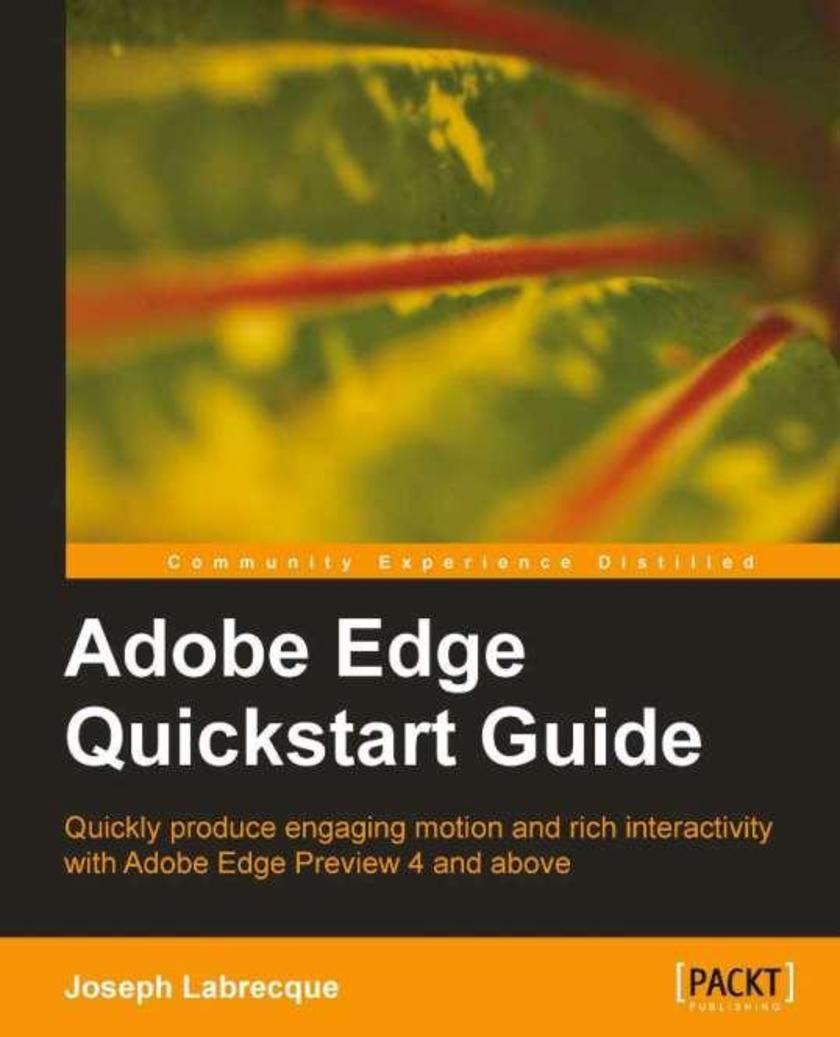
Adobe Edge Quickstart Guide
¥54.49
Adobe Edge Quickstart Guide is a practical guide on creating engaging content for the Web with Adobe's newest HTML5 tool. By taking a chapter-by-chapter look at each major aspect of Adobe Edge, the book lets you digest the available features in small, easily understandable chunks, allowing you to start using Adobe Edge for your web design needs immediately. If you are interested in creating engaging motion and interactive compositions using web standards with professional tooling, then this book is for you. Those with a background in Flash Professional wanting to get started quickly with Adobe Edge will also find this book useful.
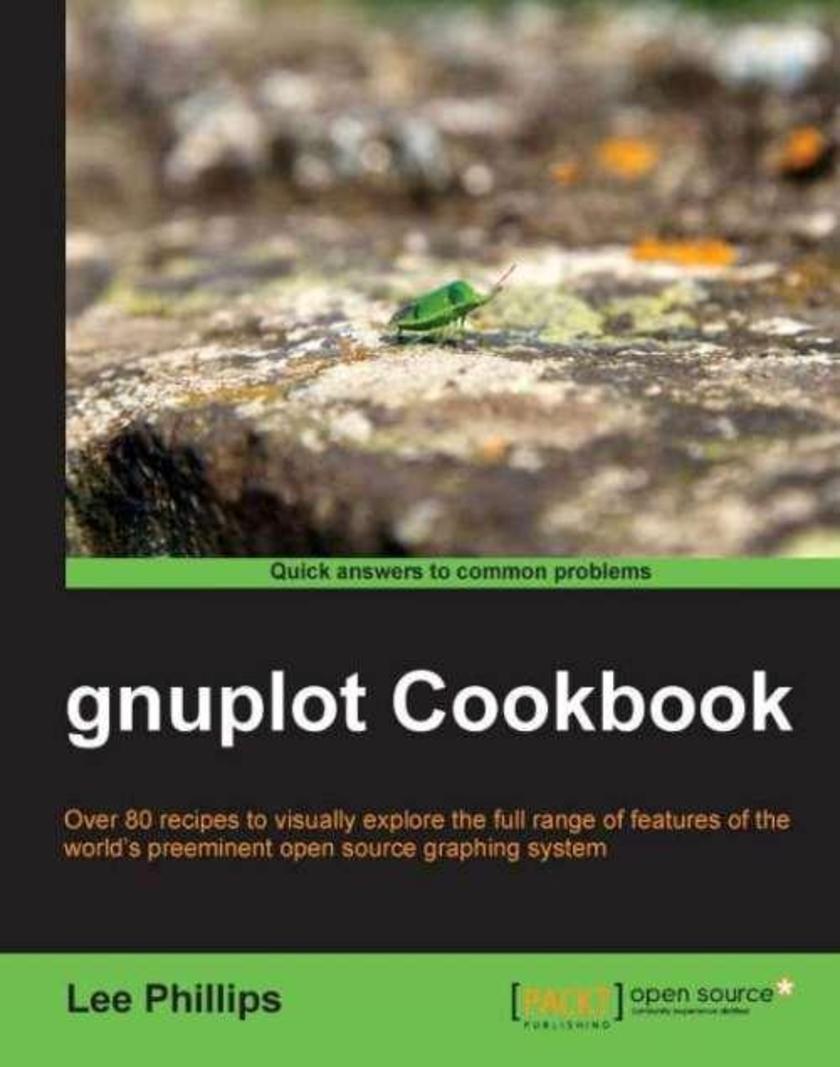
gnuplot Cookbook
¥71.93
Written in Cookbook style, the reader will be taught the features of gnuplot through practical examples accompanied by rich illustrations and code. Every aspect has been considered to ensure ease of understanding of even complex features. Whether you are an old hand at gnuplot or new to it, this book is a convenient visual reference that covers the full range of gnuplot's capabilities, including its latest features. Some basic knowledge of plotting graphs is necessary.
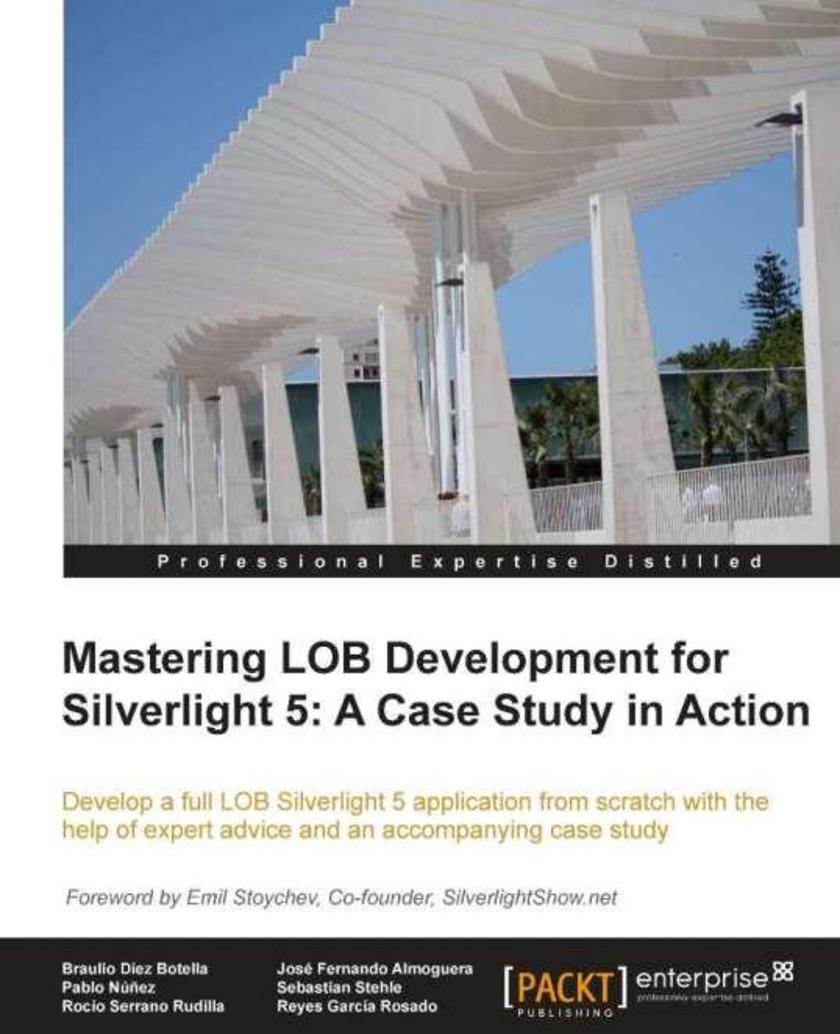
Mastering LOB Development for Silverlight 5: A Case Study in Action
¥107.90
This highly practical, expert level tutorial teaches you to build a Line of Business application with the aid of a case study which gradually builds throughout the book. It also includes a jumpstart chapter for developers coming from other technologies. If you already have a firm grasp of Silverlight development and are keen to advance your specialist knowledge of Line of Business (LOB) application development, then Expert Line of Business Application Development for Silverlight 5: Quick Start Guide is for you. If you are a developer with experience of other technologies, you may also find this book useful.
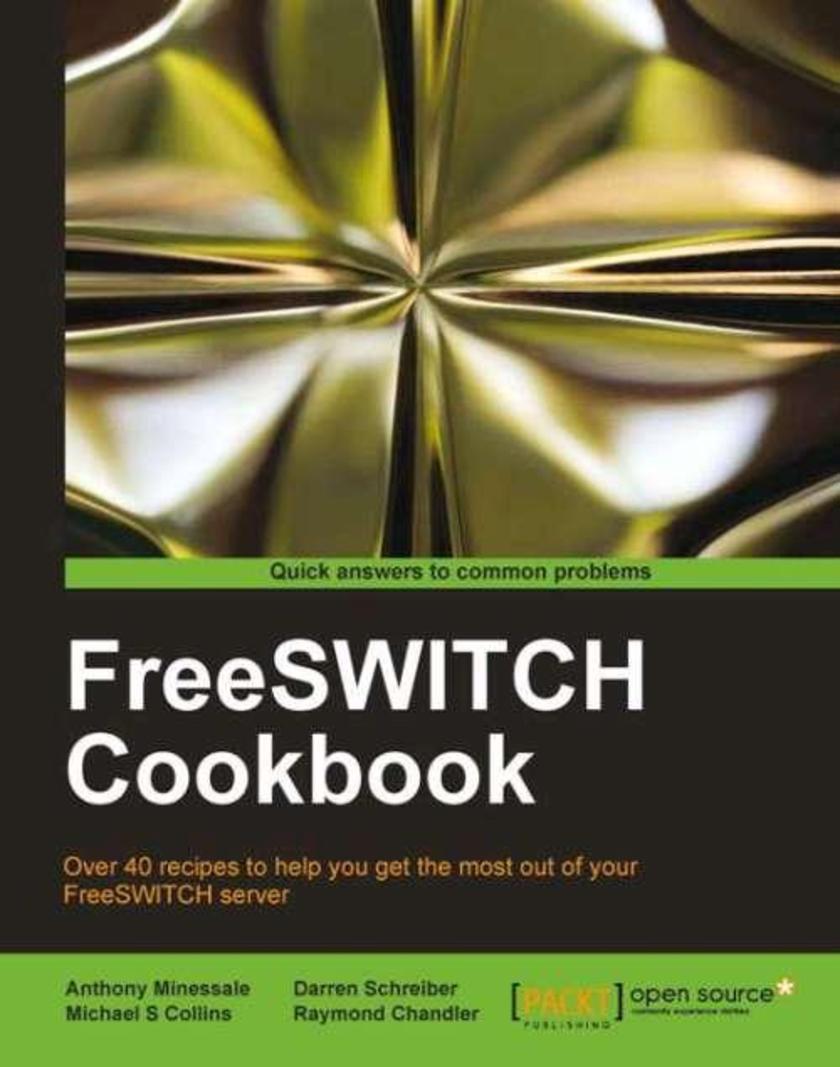
FreeSWITCH Cookbook
¥54.49
This is a problem-solution approach to take your FreeSWITCH skills to the next level, where everything is explained in a practical way. If you are a system administrator, hobbyist, or someone who uses FreeSWITCH on a regular basis, this book is for you. Whether you are a FreeSWITCH expert or just getting started, this book will take your skills to the next level.
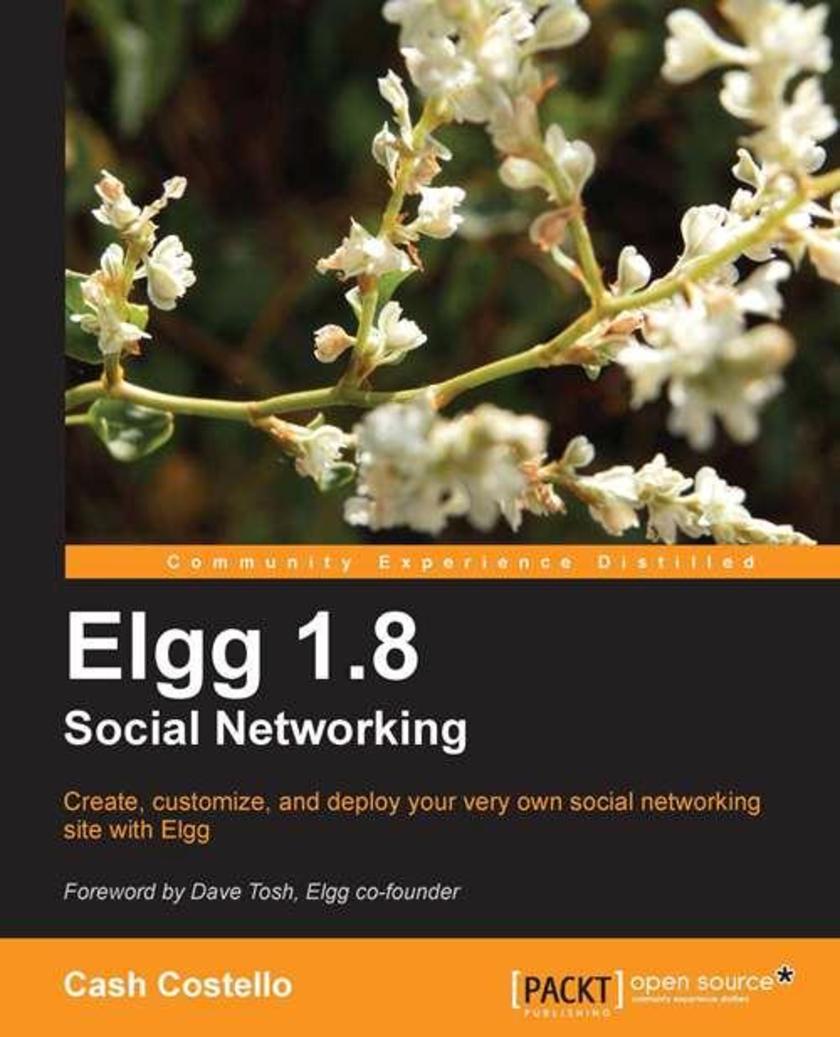
Elgg 1.8 Social Networking
¥80.65
This book provides more than just a step-by-step guide to installing and using Elgg. It includes practical advice gained through experience on what it takes to deploy and maintain an Elgg-based site. If you are a software developer or are familiar with PHP, it provides both a tutorial-based introduction and a quick reference guide so that you can quickly extend and customize Elgg. If you want to create a social networking site using Elgg and do not have a background in software development, this book provides all the information and advice that you need written just for you. If you are a developer, it also contains valuable tutorials and reference material so that you can begin writing code right away.
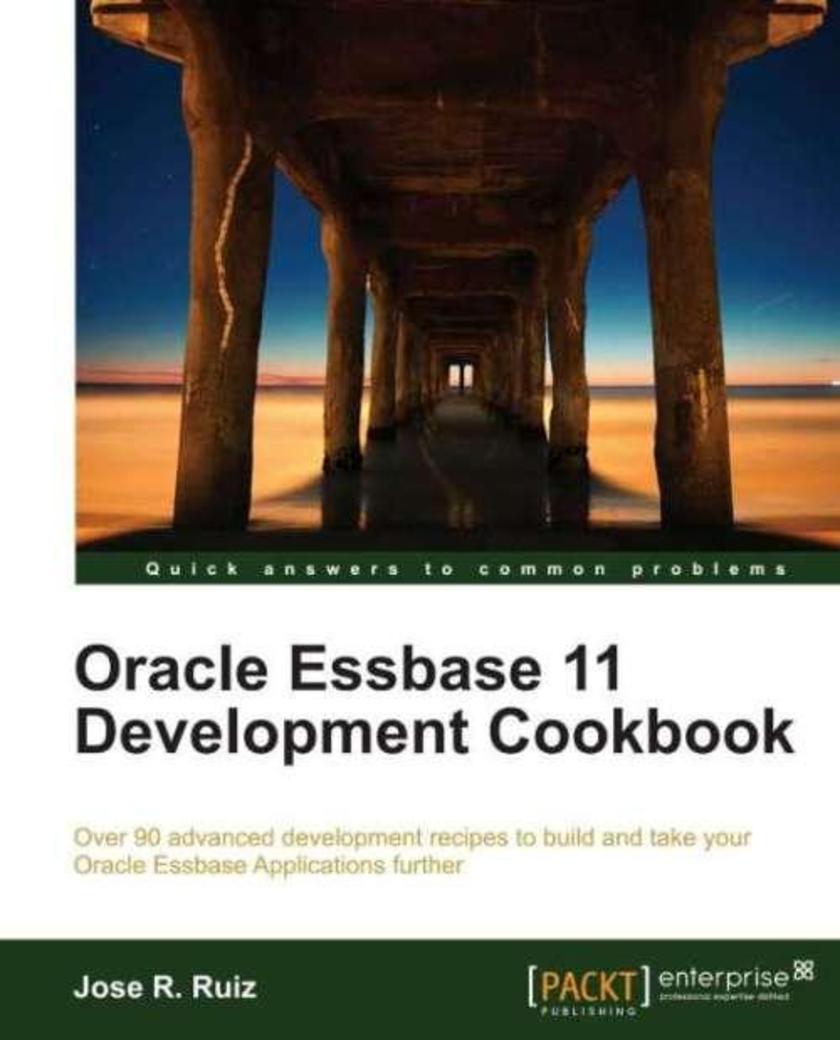
Oracle Essbase 11 Development Cookbook
¥107.90
This cookbook is full of immediately useable recipes showing you the advanced development techniques when building Essbase Applications and how to take these applications further. This cookbook offers practical, task-based, and immediately usable recipes covering a wide range of advanced development techniques to build Essbase Applications and take them further. In addition to its cookbook style, which ensures the solutions are presented in a clear step-by-step manner, its explanations go into great detail, which makes it good learning material for everyone who has experience in Essbase and wants to improve. The book is designed in such a way that you can either read it chapter by chapter or refer to recipes that you want in no particular order. If you are an experienced Essbase developer, Essbase Database Designer or Database Administrator, then this book is for you. This book assumes that you have good knowledge of Oracle Essbase.
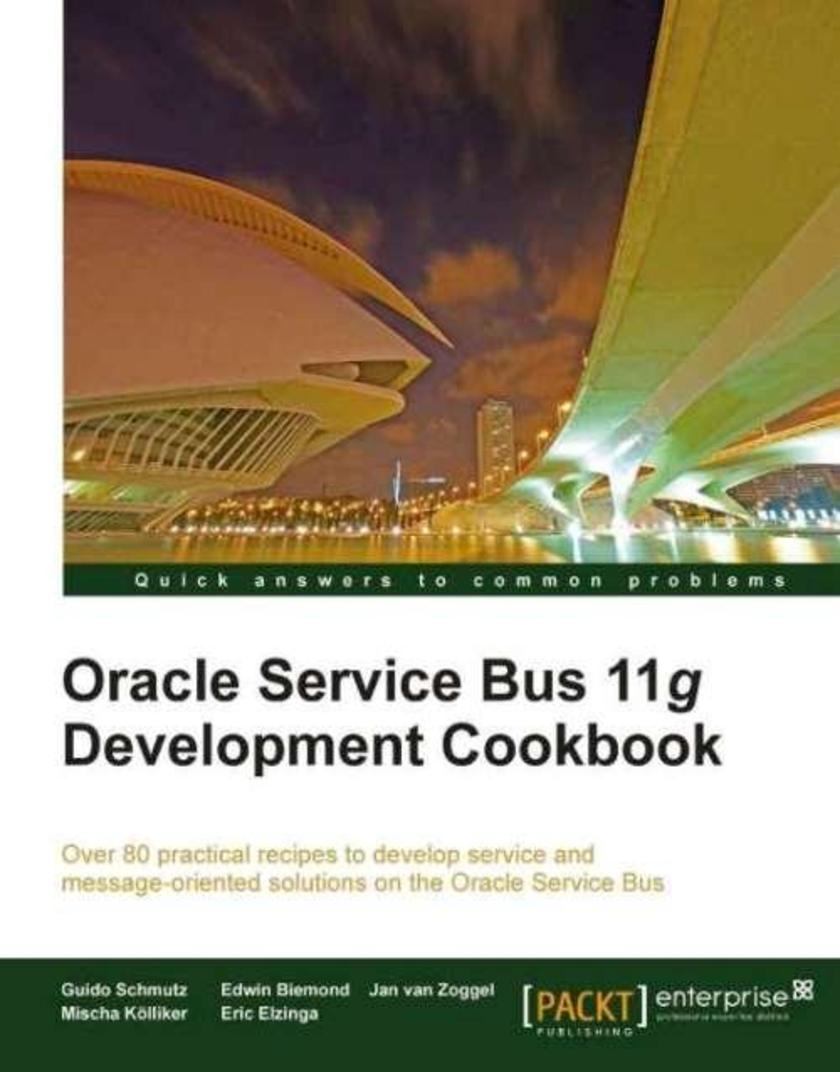
Oracle Service Bus 11g Development Cookbook
¥107.90
This cookbook is full of immediately useable recipes showing you how to develop service and message-oriented (integration) applications on the Oracle Service Bus. In addition to its cookbook style, which ensures the solutions are presented in a clear step-by-step manner, the explanations go into great detail, which makes it good learning material for everyone who has experience in OSB and wants to improve. Most of the recipes are designed in such a way that each recipe is presented as a separate, standalone entity and reading of prior recipes is not required. The finished solution of each recipe is also made available electronically. If you are an intermediate SOA developer who is using Oracle Service Bus to develop service and message-orientated applications on the Oracle Service Bus, then this book is for you. This book assumes that you have a working knowledge of fundamental SOA concepts and Oracle Service Bus.
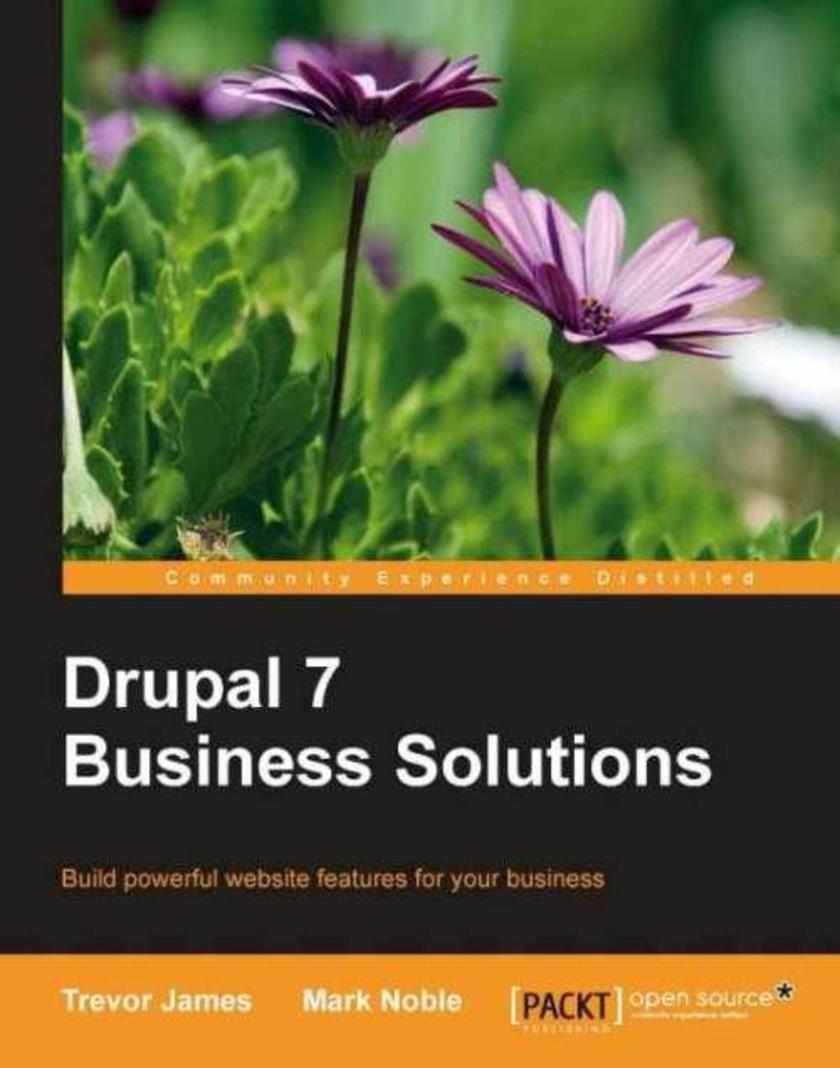
Drupal 7 Business Solutions
¥90.46
This book takes a step-by-step approach to building a complete business website using Drupal and enhancing it to include modern technology used by cutting-edge companies. All instructions are written in such a way that they make sense to readers of any technical level. This book is for anyone who wants to learn how to set up a website quickly for their business using the super powerful Drupal open source content management software.
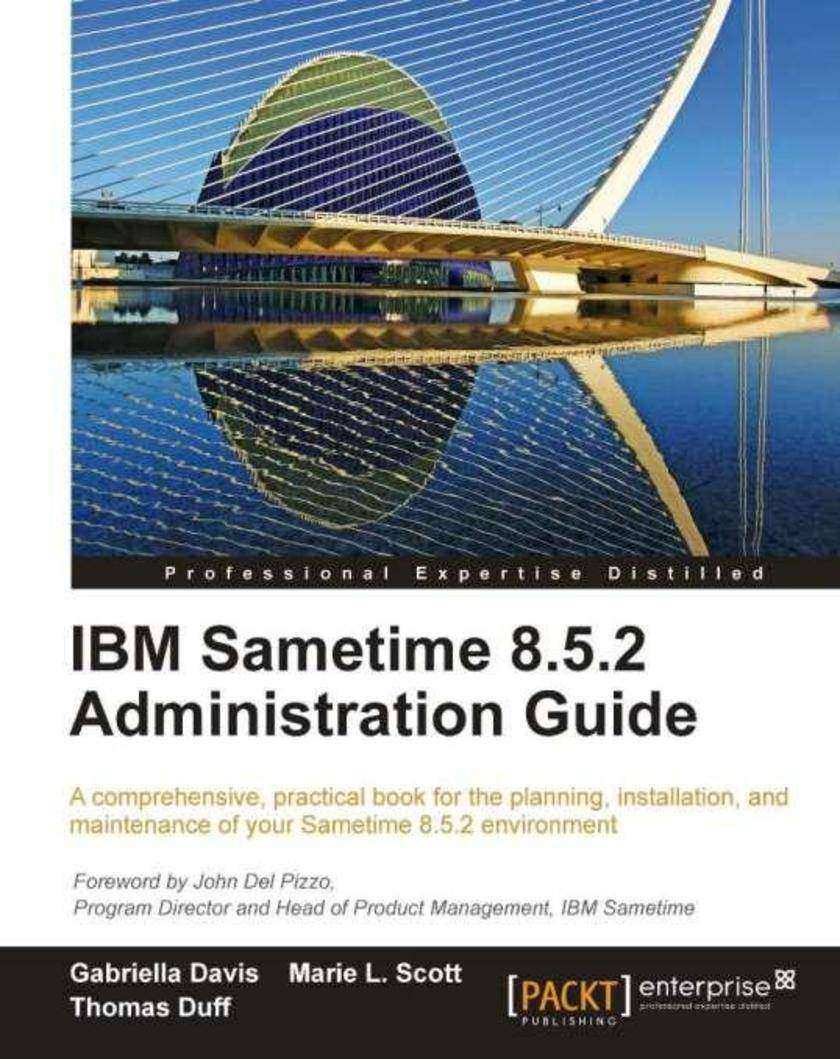
IBM Sametime 8.5.2 Administration Guide
¥125.34
The IBM Lotus Sametime 8.5.2 Administration Guide uses a practical, no-nonsense approach to give you the essential information you need. Using realistic scenarios, you learn how to configure and maintain your environment to meet your needs and take advantage of the flexibility offered in Sametime 8.5.2. If you are responsible for installing and administering Sametime 8.5.2, then this book is for you. If you’re completely new to Sametime administration, this book will serve as your roadmap. If you’re making the jump from a prior version of Sametime, then you’ll see how Sametime 8.5.2 differs and how you work with the new configuration. Even if you already have Sametime 8.5.2 up and running, this guide will answer those questions you may still have of why and how the various server components work.
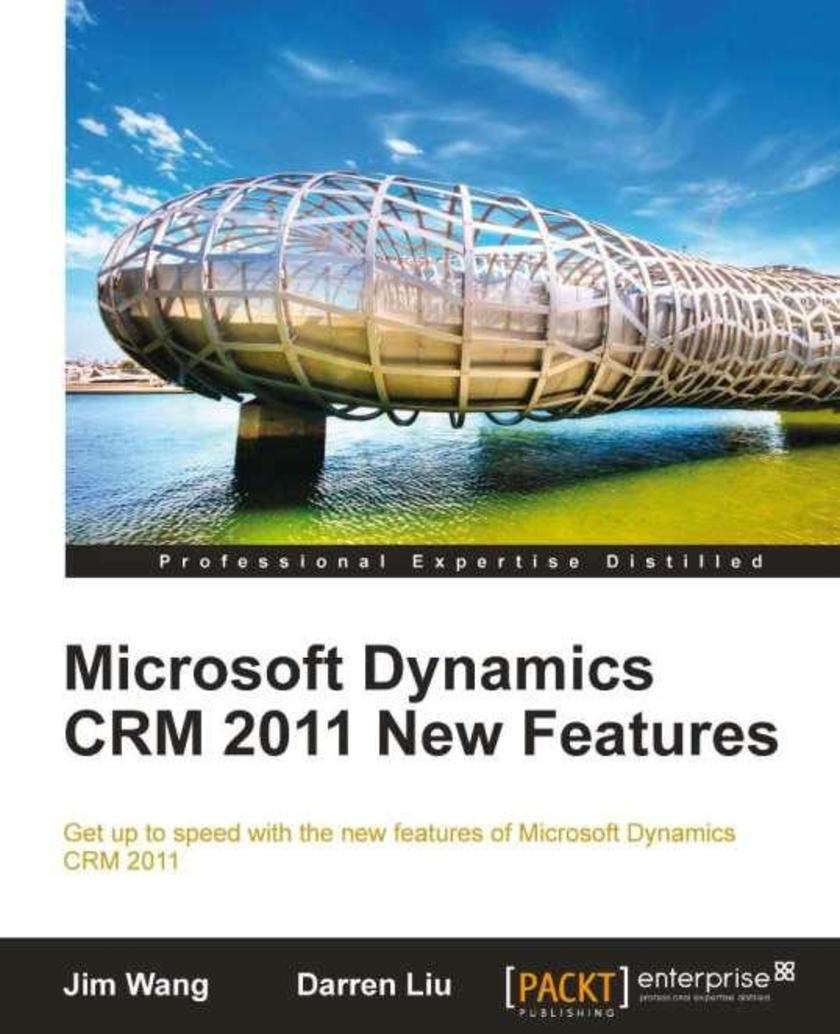
Microsoft Dynamics CRM 2011 New Features: The real-world tutorial
¥80.65
This book is packed with practical steps and screenshots to make learning fun and addictive. You will learn to build a complete Airline Compensation Management system using Dynamics CRM 2011. If you want a focused book that gets you up-to-speed with the new features of Microsft Dynamics CRM 2011 then this is the perfect book for you.
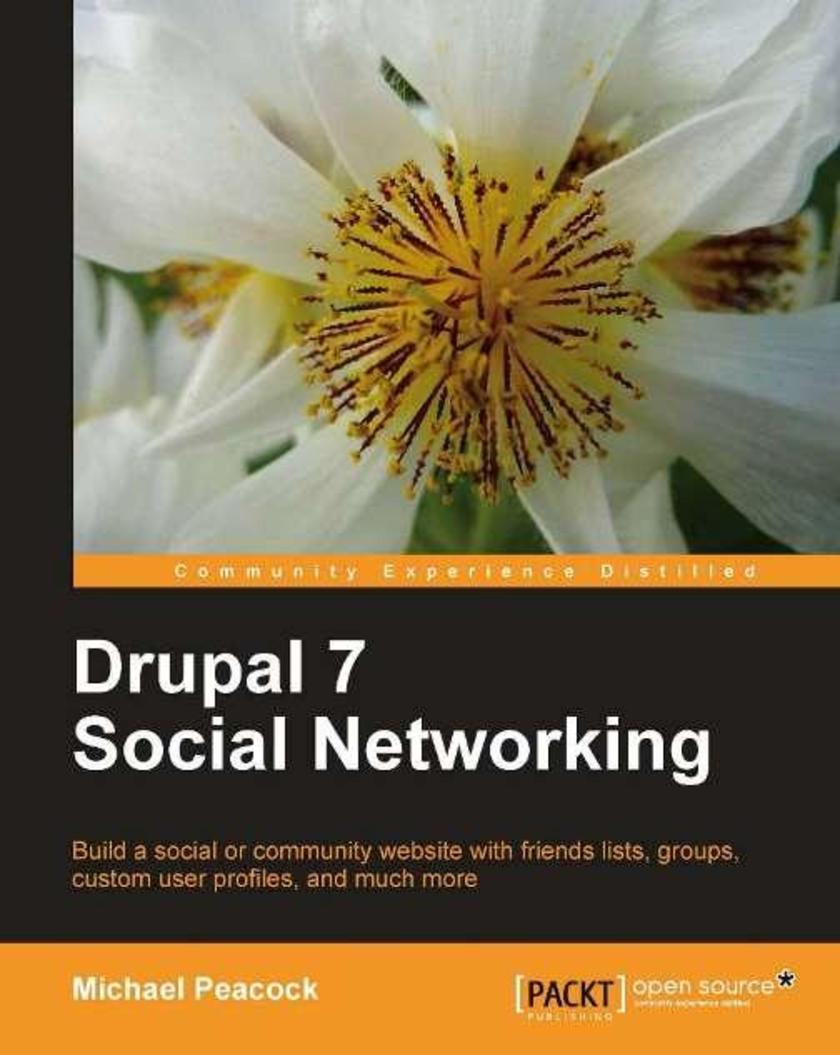
Drupal 7 Social Networking
¥80.65
This book is packed with clear instructions and careful explanations for creating a powerful social networking site using Drupal 7. With each chapter, you add new features and content until your social network is ready to be released to the Internet where it can grow. By the end of this book, you will have a powerful social network which you can either choose to model on the case-study, or create to your own unique design. This book is aimed at anyone looking to create their own social networking website, including: Businesses – building a social network around a product or service can improve your company profile and increase customer loyalty, while an internal social network gives you employees a place to keep resources, discuss ideas, raise concerns, and keep up to date on company policies. Hobbyists – create a community around your hobbies and interests; create a local or distributed user group. Organizations and charities – raise your profile, promote your events, services, and fundraisers, and get help from the community in organizing them. Families – for large families based across the country or across the globe, keep up to date with everyone, and let everyone know what you are up to. You don't need any experience of Drupal or PHP to use this book. If you are a Drupal user you will find this book a great way to rapidly tailor an existing installation into a socially orientated website.
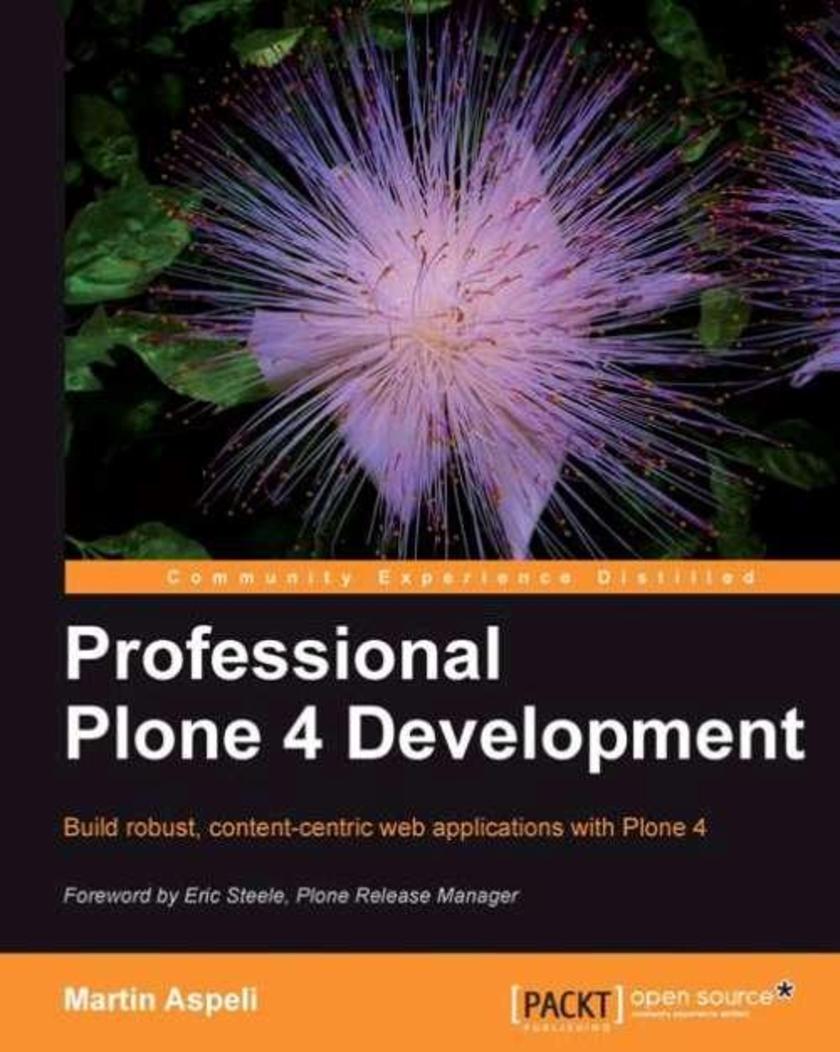
Professional Plone 4 Development
¥107.90
Professional Plone 4 Development is written in a clear conversational easy-to-understand style. This book cuts short the preamble and gets straight to the point - building robust, content-rich web applications with Plone 4. Detailed real world examples are provided for each chapter. This book assumes that the reader is familiar with Plone from the point of view of an administrator or power user, has a basic understanding of web application development, and is comfortable with the Python programming language.
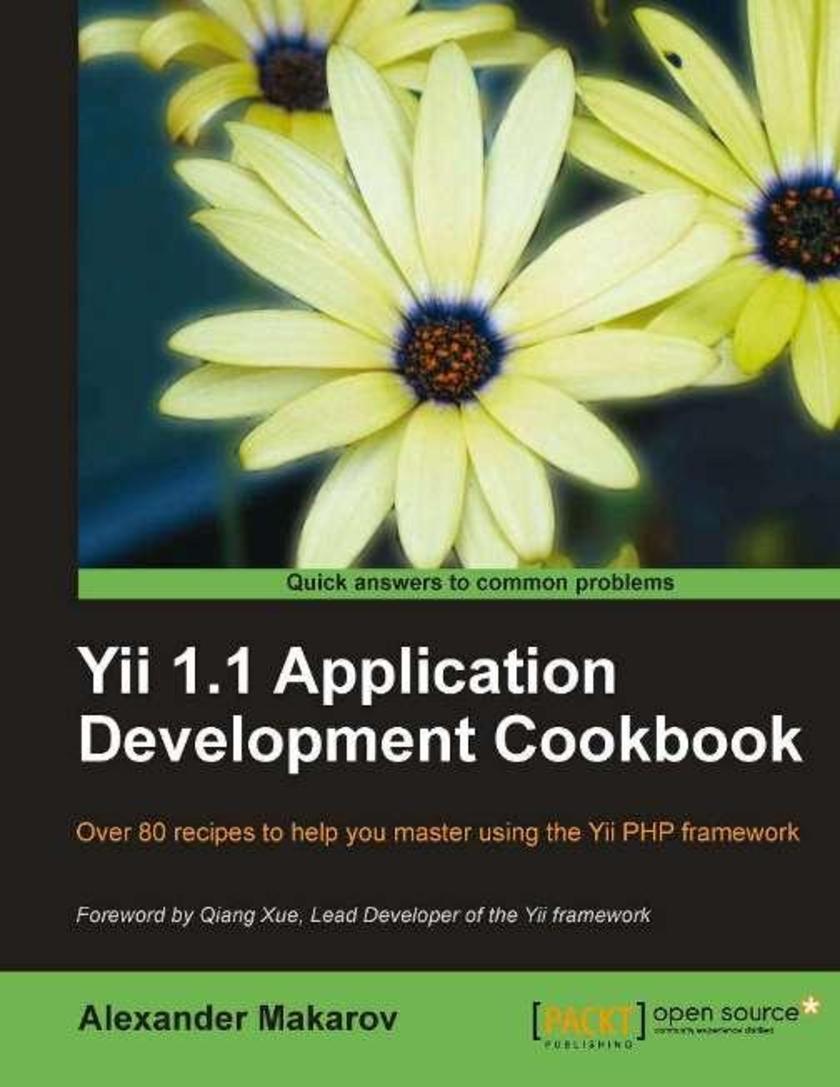
Yii 1.1 Application Development Cookbook
¥80.65
This book is a collection of Yii recipes with chapters generally independent of each other. It is full of practically useful solutions and concepts explained with code and the required pictorial illustrations. If you are a developer with a good knowledge of PHP5, are familiar with the basics of Yii, and have tried to develop applications using Yii, then this book is for you. Knowledge of the object oriented approach and MVC pattern will be a great advantage as Yii uses these extensively.
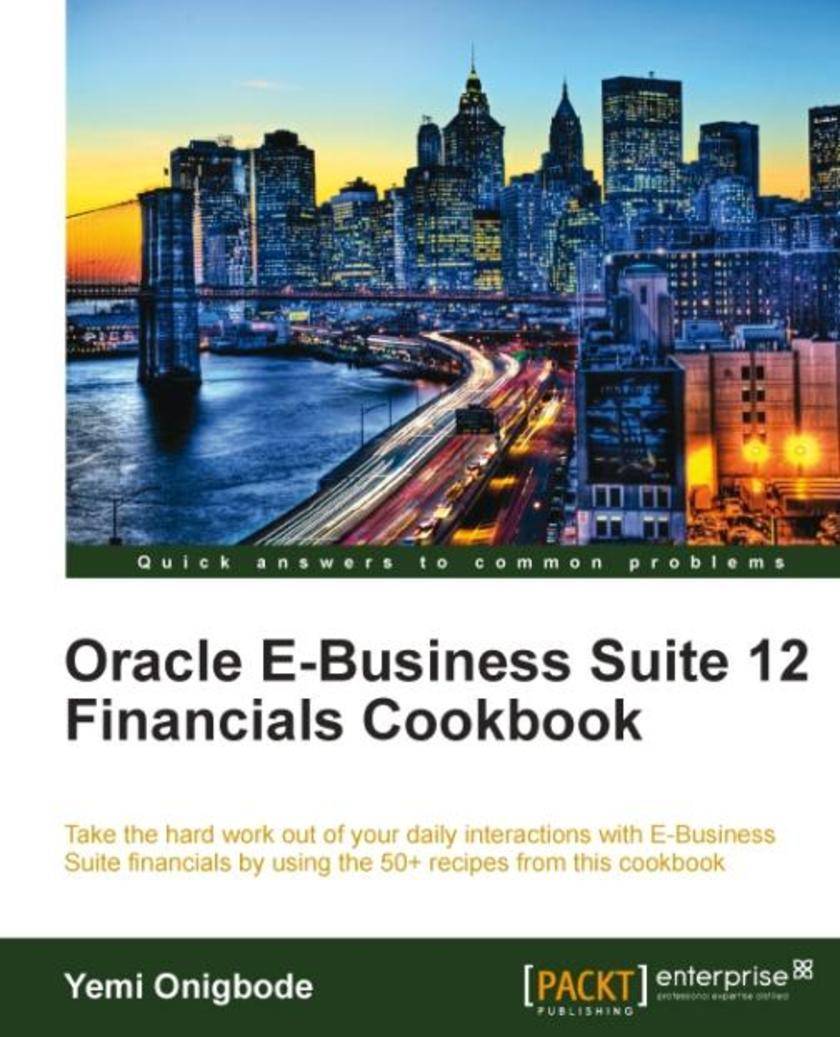
Oracle E-Business Suite 12 Financials Cookbook
¥125.34
There are many ways of configuring and using Oracle EBS R12 Financials. This cookbook demonstrates how to use EBS R12 Financials in a way that will enable you to understand the core functionalities of the main financials modules. Each recipe is presented as part of a scenario-based chapter that details typical business scenarios. This book is for EBS Financials specialists who want a broader understanding of particular areas of the financials modules. Businesses can use this book to identify key functionalities of the financial modules, and very quickly demonstrate a pilot to obtain the core requirements. If you are a Business Analyst, Functional Consultant, Technical Consultant, Project Sponsor, Project Manager, Project Team Member, System Accountant or Solution Designer, Testing Team Member, Training Team Member or Support Team Member, then this book is for you. This book assumes that you have basic navigation skills and you understand the key Oracle EBS terminology, novice EBS professionals will also gain from the expert content of this book.
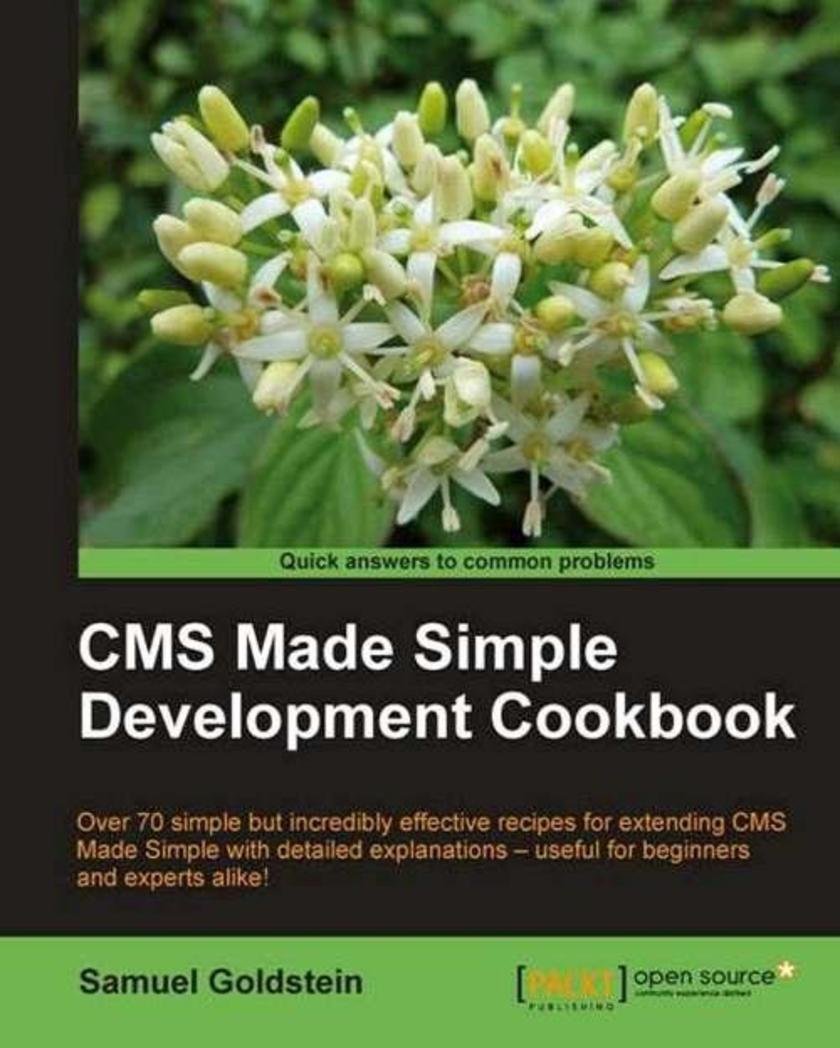
CMS Made Simple Development Cookbook
¥80.65
This is a cookbook, with practical recipes providing tips and tricks to the most common problems and scenarios faced with CMS Made Simple Development. If you are a CMS Made Simple user wanting to expand your skill set, or a programmer who wants to develop for CMS Made Simple, this book is for you. You will need working knowledge of PHP, HTML, and SQL. Some experience with CMS Made Simple is recommended.
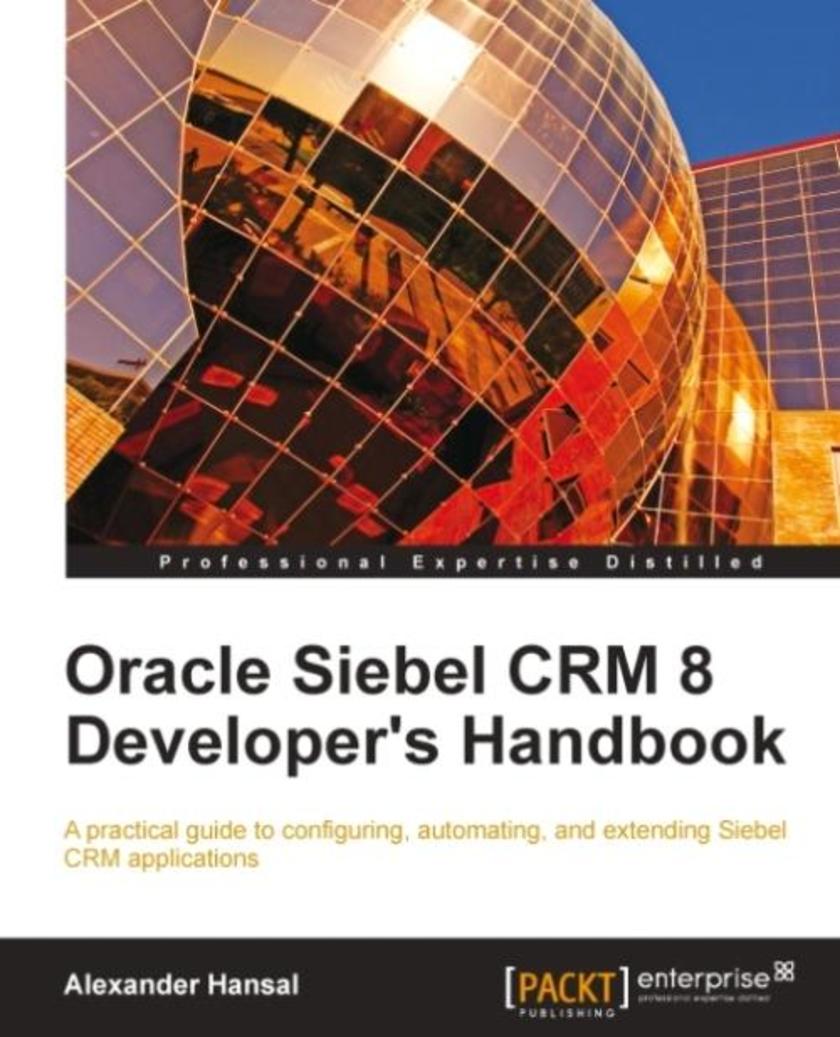
Oracle Siebel CRM 8 Developer's Handbook
¥125.34
This book uses a real-life case study to provide easy-to-follow examples that are radically practical and can be easily adapted to similar situations in Siebel CRM implementation projects. The book ensures that you know what you are doing and why you are doing it by providing useful insight along with detailed practical instructions. It contains a multitude of explanatory tables, screenshots, and precise diagrams to illustrate the topics. When you have finished the book you will feel prepared to participate in Siebel CRM implementation projects. In addition you will be able to teach the "old dogs" some new tricks. This book is written for developers who want to develop their Siebel Tools skill set. While the book is intended for beginners, even experienced developers will benefit from the topics presented in this book. Preliminary exposure to or training on technical Siebel topics would be beneficial but is not mandatory before you start reading this book.
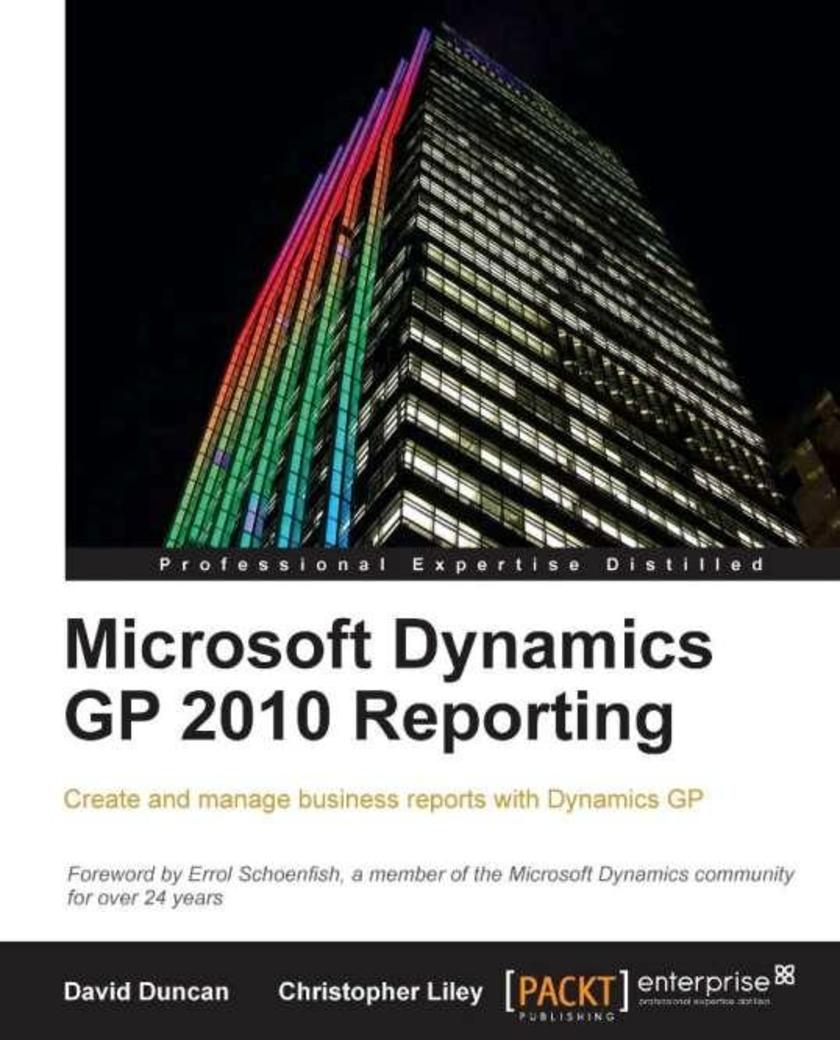
Microsoft Dynamics GP 2010 Reporting
¥107.90
Part tutorial, part reference guide, this book will show you how to create and manage reports as well as identify the most appropriate reporting tool for any reporting challenge. In addition, you will learn universal topics such as how to locate data for any given report. Although some of the reporting tools addressed in this book are exclusive to Dynamics GP 2010, many of the topics discussed also apply to older versions of GP. If you are a Microsoft Dynamics GP developer, consultant, or power user who wants to create and manage reports, then this book is for you. A working knowledge of Microsoft Dynamics GP is required. A basic understanding of business management systems and reporting applications such as Microsoft Excel and SQL Reporting Services is highly recommended.
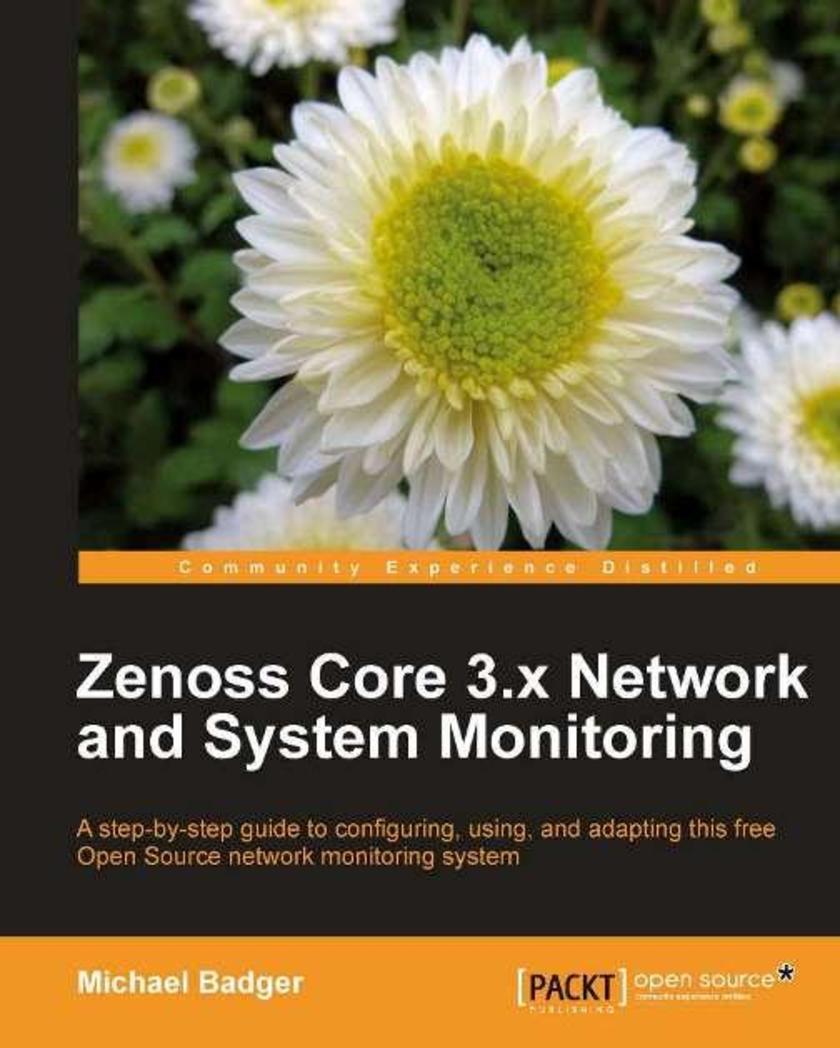
Zenoss Core 3.x Network and System Monitoring
¥90.46
The book starts by covering installation and configuration, before moving on to administration and dashboard usage. It contains step-by-step instructions for setting up and using a working, capable Zenoss system. This book is written primarily for network and systems administrators who are monitoring their IT assets with Zenoss Core or who plan to monitor them. In reality, this book will benefit anyone, regardless of job title, who recognizes the importance of proactively monitoring the servers, routers, computers, websites, and devices that connect companies to customers.

Backtrack 4: Assuring Security by Penetration Testing
¥90.46
Written as an interactive tutorial, this book covers the core of BackTrack with real-world examples and step-by-step instructions to provide professional guidelines and recommendations to you. The book is designed in a simple and intuitive manner, which allows you to explore the whole BackTrack testing process or study parts of it individually. If you are an IT security professional or network administrator who has a basic knowledge of Unix/Linux operating systems including awareness of information security factors, and you want to use BackTrack for penetration testing, then this book is for you.




 购物车
购物车 个人中心
个人中心



